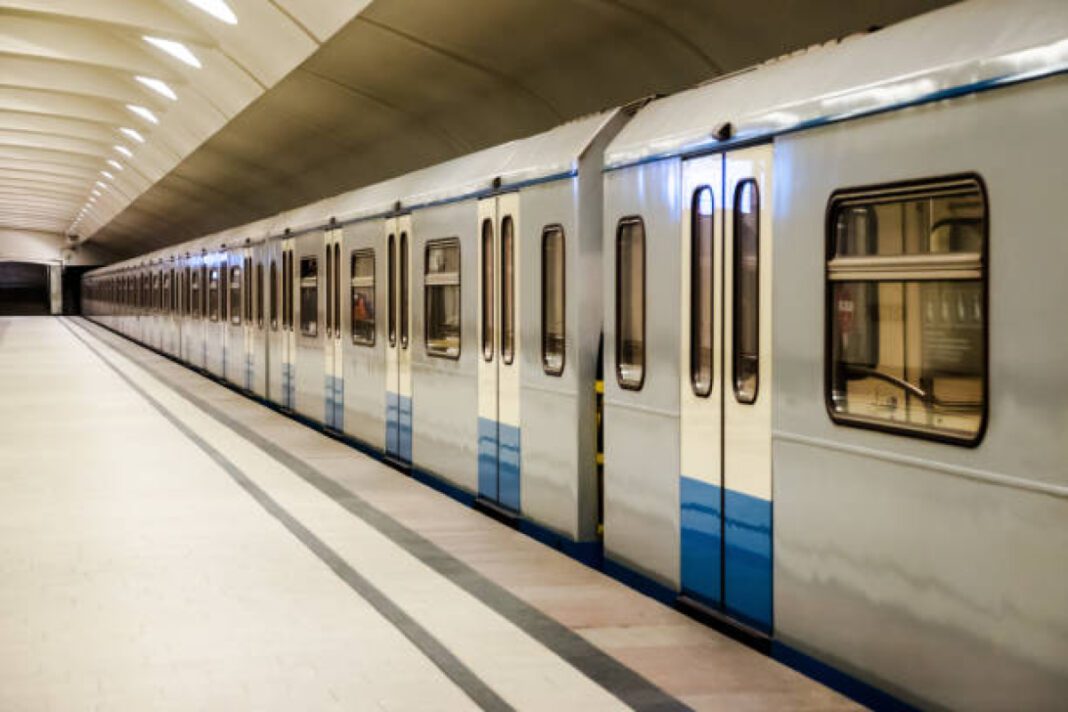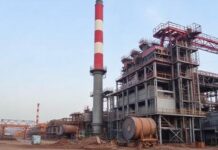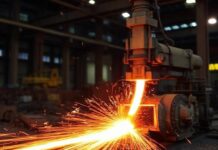Commuters traveling between Bandra Kurla Complex and Aarey will soon reach their destination within 30 minutes as the first phase of Mumbai’s long-awaited underground Metro Line 3, also known as the Aqua Line, is set to open to the public in October. Currently, the same journey by road during peak traffic along the Western Express Highway can take over an hour due to frequent congestion. During peak hours, trains will be available every 6.5 minutes.
Ashwini Bhide, managing director of Mumbai Metro Rail Corporation Ltd. (MMRCL), confirmed the upcoming launch, stating that the inauguration is expected in early October. The first phase covers 12.44 km with 10 stations and will operate from 6:30 AM to 10:30 PM, offering 96 daily trips. A daily ridership of 4.5 lakh passengers in Phase 1 is expected, with an optimum capacity of 6.5 lakh passengers; however, building up to the 4.5 lakh ridership will take time. The entire 33.5 km underground corridor en route to Aarey and Cuffe Parade is expected to average 13 lakh daily riders.
The Metro will also connect to both Terminal 1 and Terminal 2 of the Mumbai airport, though seamless integration at these locations will take time. Mumbai International Airport Ltd. (MIAL) is currently constructing multi-level structures at these stations, expected to be completed within one-and-a-half to two years. In the interim, baggage carts and clear signage will help commuters navigate between the Metro and the airport.
The decision to construct Metro Line 3 underground was driven by Mumbai’s unique urban landscape and space constraints. Bhide explained that globally, core city areas are often connected by underground Metros to avoid disrupting ground-level activities. Building Mumbai’s first fully underground Metro has posed significant challenges, including narrow lanes, heritage structures, and densely populated areas.
Despite these obstacles, MMRCL is nearing the completion of the project and is eyeing an October opening. As Bhide noted, the Metro 3 line represents a critical infrastructure development for Mumbai, offering much-needed connectivity without disrupting the city’s fast-paced commercial activities.





